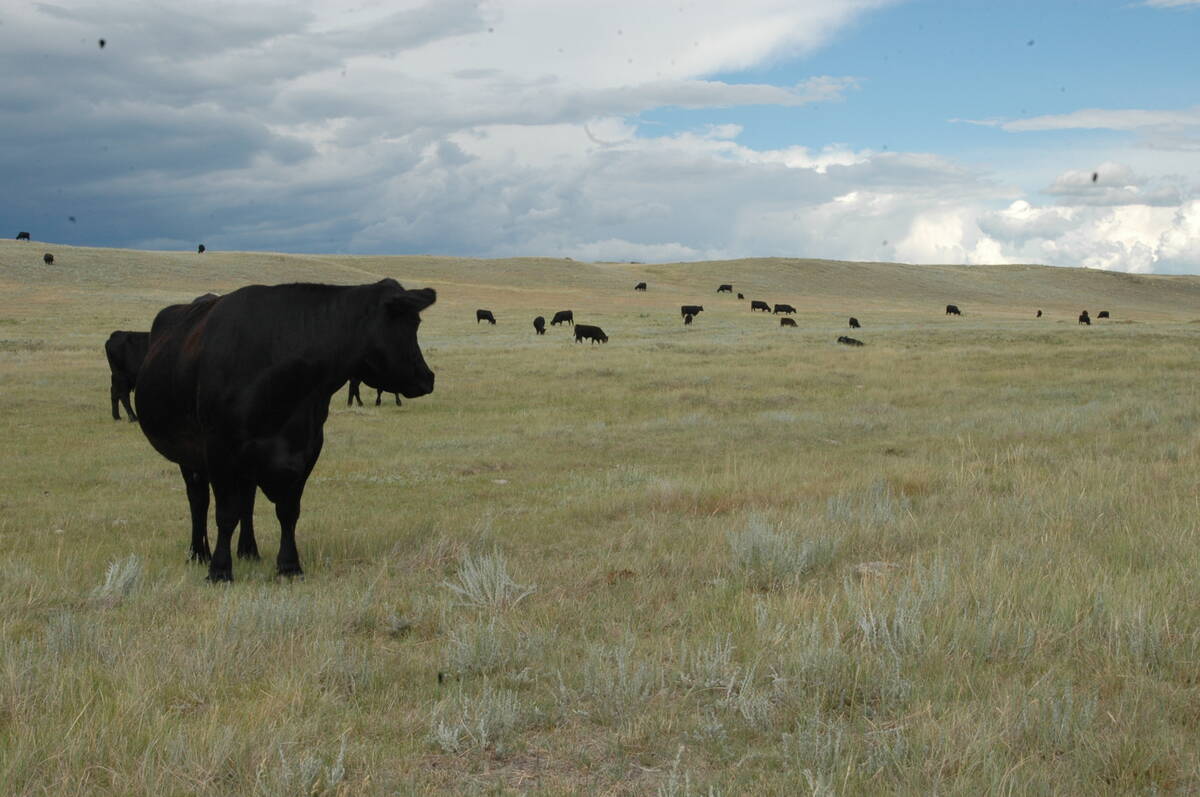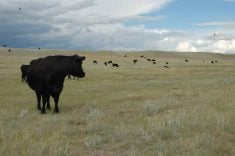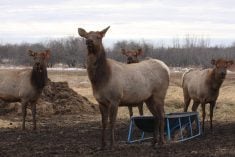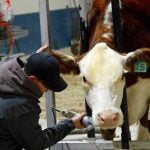URBANA, Ill. – Farm equipment in the future might very well resemble the robot R2D2 of Star Wars fame. But instead of careening through a galaxy far, far away, these ag robots might wobble down a corn row, scouting for insects, blasting weeds and taking soil tests.
Agricultural engineers at the University of Illinois have developed several ag robots, one of which resembles R2D2, except that it is square instead of round. One of those engineers, Tony Grift, said the robots are autonomous, directing themselves down corn rows, turning at the end and then moving down the next row.
Read Also

Canadian Food Inspection Agency slammed for handling of bovine tuberculosis case
The federal government leans heavily on producers to “take one for the team” and risk their livelihoods without any reassurance of support.
He said the long-term goal is for these small, inexpensive robots to take on some of the duties now performed by large, expensive farm equipment.
“Who needs 500 horsepower to go through the field when you might as well put a few robots out there that communicate with each other like an army of ants, working the entire field and collecting data?”
He said it’s all part of the “smaller and smarter” approach.
And speaking of ants, one of the robots coming out of ag engineering is a foot-long Ag Ant, which is being designed to walk through crop rows on mechanical legs. Built for $150 US, these cheap robots could someday be used to form a robotic strike force.
“We’re thinking about building 10 or more of these robots and making an ecosystem out of them,” Grift said.
“If you look at bees, they will go out and find nectar somewhere. Then a bee will go back and share this with the group and the whole group will collect the food. Similarly, one robot might find weed plants. Then it would communicate this location to the other robots and they would attack the plants together as a group, an ecosystem, if you will.”
In addition to the Ag Ant, Grift and Yoshi Nagasaka, a visiting researcher from Japan, have developed a more expensive, high-tech robot for $7,000. It guides itself down crop rows using a laser mounted in front to gauge the distance to corn plants.
As well, Grift and Matthias Kasten, an intern from Germany, have built a robot for $500 equipped with two ultrasonic sensors that bounce sound waves off objects, as well as four of the cheap infrared sensors used in simple motion detection devices.
These low-budget robots maneuvre down crop rows using what Grift calls “the drunken sailor” approach. They drift to the left, sense a corn plant, steer off to the right, sense another plant and then steer back to the left. A sensor detects when the robot has weaved itself to the end of a row and signals it to turn.
Robots have been a part of industrial environments for decades, but Grift said the time may be right for robots to adapt to the more rugged outdoor environment. Nagasaka has had considerable experience with ag robots, developing autonomous rice planters for the challenging landscape of Japanese rice paddies.
Grift would like to someday see an experimental farm where all of the work is performed by autonomous robots. While he is initially focusing on navigation skills, the robots could eventually be equipped to perform duties, such as detecting disease, weeds or insects, sampling soil or applying pesticides.
“Instead of applying all of this spray that might drift everywhere, a robot could actually ‘spit’ chemical at the plant with great precision, using a very small amount of chemical,” Grift said.
“We have all kinds of wild ideas.”














